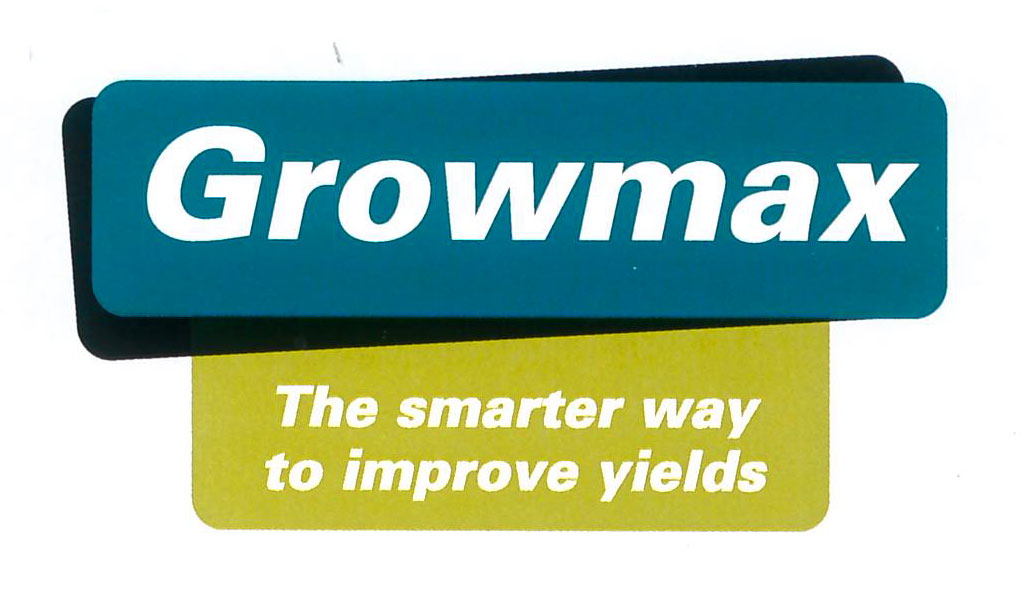Fertiliser – know what you need before you go shopping
Fertiliser is one of the biggest costs on livestock farms and will always be up there with purchased feed and contractor charges as one of the big 3 cost items each year. Because of this, many farmers become fixated on the price/tonne they are paying and sometimes they fail to focus on finding the optimum combination of products to best fit the specific requirements of their farm.
A farmer could save from €150-€250 by shopping around for a full truck load but this is dwarfed by the loss of output foregone by failing to adequate fertilise sub-index or low pH ground or the waste and environmental damage incurred by applying unnecessary P. or K. where it isn’t required.
You should test your whole farm every 3-5 years and more often than this if you are taking off large quantities of forage and especially if zero grazing. Doing a representative soil test is a simple task on virtually all farms and the very reasonable cost involved will give you all the information you need to put an effective fertiliser plan in place to address the deficiencies identified. Buying fertiliser without this basic information is like driving in the dark without headlights as more often than not, the wrong combination of nutrients is applied which will compromise your efforts to grow more forage. Equally important, it is a waste of your money and is seriously damaging to the environment. Teagasc have published simple guidelines on how to do test your farm (search “Teagasc Soil services”) and if you prefer to delegate it, they have experienced technicians to do it for you.
The Irish Government’s Climate Action Plan aims to replace 50% of the straight CAN used on Irish grasslands with protected urea. This gives farmers a cost-effective option to reduce Green House Gas (GHG) emissions without reducing production. Protected urea is urea fertiliser treated with a urease inhibitor, making urea safe from ammonia-N volatilisation loss which is the problem with ordinary urea. At present only three urease inhibitors are registered under the National or EU fertiliser regulations, namely NBPT and NBPT + NPPT which protect against losses due to volatilisation and 2 – NPT which provides dual protection against both volatilisation and leaching and this is the agent used in Alzon from Grassland Agro. See https://www.teagasc.ie/crops/soil–soil-fertility/
However, there are 2 other forms of protected urea available here that have haven’t been reviewed by Teagasc yet. The first of these is Nutrisphere, an organic acid polymer that has imparts similar protection to urea as NBPT and NBPT+NPPT. This is the form of protection employed by Gouldings in their GEN product range. Secondly, there is also a chemically bound combination of Carbamide (urea) and ammonium Nitrogen, together with water soluble Sulphur. This product is commercially available as Piamon from Grassland Agro. An added attraction provided by these latter 2 modes of protection is their compatibility with conventional phosphates, so that they can be used to make very effective N,P,K blends that include higher levels of N. than conventional 27-2.5-5 or 24-2.5-10 and they also contain sufficient additional S and sodium (Na) at no additional cost.
Depending on the protection agent used, protecting urea will add 10-20% to the cost of regular urea and it doesn’t take much of an increase in soil uptake or a reduction in emissions to justify this premium.
Mid-West Farm Nutrition can provide you with the full range of fertilisers to address your specific fertiliser requirements and we will allocate all the time and expertise required to ensure that you get maximum return for the considerable annual outlay involved. We strongly urge all farmers who haven’t got recent soil text results to get them without any further delay and we will use them to provide a cost-effective fertiliser plan on sensible terms. Armed with the relevant information, we will provide the most cost-effective combination of products to match your specific requirements in the appropriate quantities own cash flow requirements and possible future price movements.
| Straight Nitrogen products based on CAN, Urea or Protected Urea with or without Sulphur and other elements: |
|---|
| High Nitrogen (Hi-N) Compounds or Blends with P. and/or K. with or without Sulphur and other elements manufactured from CAN, Urea or Protected Urea |
| Nitrogen, Phosphorous & Potash (NPK) Compounds or Blends with or without Sulphur and other elements based on CAN, Urea and Protected Urea |
| Phosphorous – Potash Blends (PK’s) 0-7-30 & 0-10-20 |
| Straight P’s, K’s & Lime |
| 16% Super Phosphate, TopPhos, Muriate of Potash (MOP), Sulphate of Potash, Granulated Lime |
Key Suppliers
In order to provide the most comprehensive range of products, we maintain a close relationship with our suppliers from which we collect ex-factory and deliver direct to your farm to minimise cost.

Growmax
Growmax is a quick acting soil improver produced by Clogrennane Lime.
It is ideal for conacre or leased land as the fast reaction of the product means farmers see an immediate benefit.
Growmax is suitable for grassland and tillage. It is also easier to apply on wet and hilly land as smaller equipment is required.
Brochure
Download PDF

Grassland Fertilisers (Kilkenny) Ltd
Products List 2020
Download PDF

Gouldings Fertilisers
Products List 2020
Download PDF

Grassland Agro
Products List 2020
Download PDF
Grassland Agro have also developed a comprehensive range of products based on a few key basic technologies namely:
Physiolith
The combined use of marine calcium (calcified seaweed) and soil stimulants
Download PDF
Enhanced Fertilisers
The use of Specially formulated protected Phosphorus especially in relation to acidic soils where conventional phosphates don’t work and
Download PDF
ALZON Neo-N Protected Urea
The use of phased release Nitrogen to match soil N uptake with climatic and growth conditions to reduce losses and increase plant uptake without flooding forage N content
Visit Website
